Oxycontex® 20mg (Taj pharma) 🇮🇳
Oxycontex® 20mg (Taj pharma) 🇮🇳
(Oxycodone hydrochloride extended-release tablest)
Brand Name and Active Ingredient
Brand Name: Oxycontex® 20mg
Generic Name: Oxycodone Hydrochloride
Drug Class: Opioid Analgesic (Schedule II Controlled Substance)
Composition
Active Ingredient: Oxycodone Hydrochloride 20 mg per tablet
Manufacturer and Country of Origin
Manufacturer: Taj Pharmaceuticals Ltd.
Country of Origin: India
100 Tablets per 1 Jar
#Oxy #Oxi #Perc #Percocet #Oxycodone #Morphine #Codeine #Dihydrocodeine #DHC #Dihydrocodeine
Mechanism of Action
Oxycodone is a semi-synthetic opioid agonist that binds to mu-opioid receptors in the central nervous system, altering the perception and response to pain. It provides analgesia, sedation, and a sense of well-being.
Therapeutic Indications
Oxycontex® is indicated for the management of moderate to severe chronic pain requiring continuous, around-the-clock opioid therapy when alternative treatment options are inadequate.
Precautions and Side Effects
Common Side Effects:
**Constipation
**Nausea and vomiting
**Drowsiness
**Dizziness
Serious Side Effects:
**Respiratory depression
**Hypotension
**Dependence and withdrawal symptoms
**Adrenal insufficiency
Precautions:
**Use with caution in patients with respiratory disorders, hepatic or renal impairment.
**Avoid concurrent use with other central nervous system depressants.
**Not recommended during pregnancy and lactation unless clearly necessary.
Historical Background
Oxycodone was first developed in Germany in 1916 as a semi-synthetic opioid derived from thebaine. It has been used for pain management since the early 20th century and is available in various formulations worldwide.
Misuse and Abuse Potential
As a Schedule II controlled substance, oxycodone has a high potential for abuse, leading to severe psychological or physical dependence. Misuse can result in overdose and death.
Additional Information
**Pregnancy: Oxycodone crosses the placenta and may cause neonatal opioid withdrawal syndrome. Use only if the potential benefit justifies the potential risk.
**Lactation: Excreted in breast milk; caution is advised.
**Pediatric Use: Safety and efficacy in children have not been established.


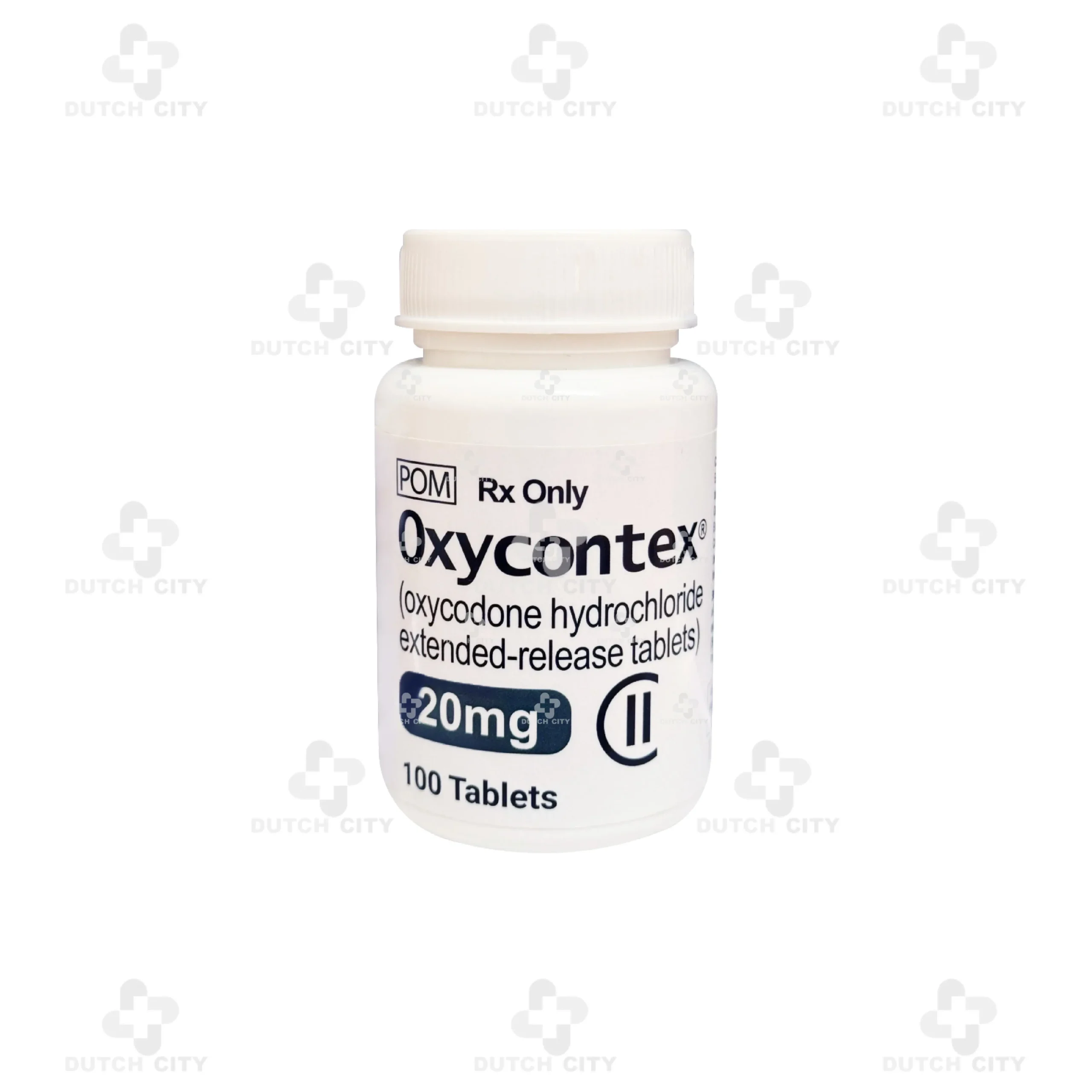
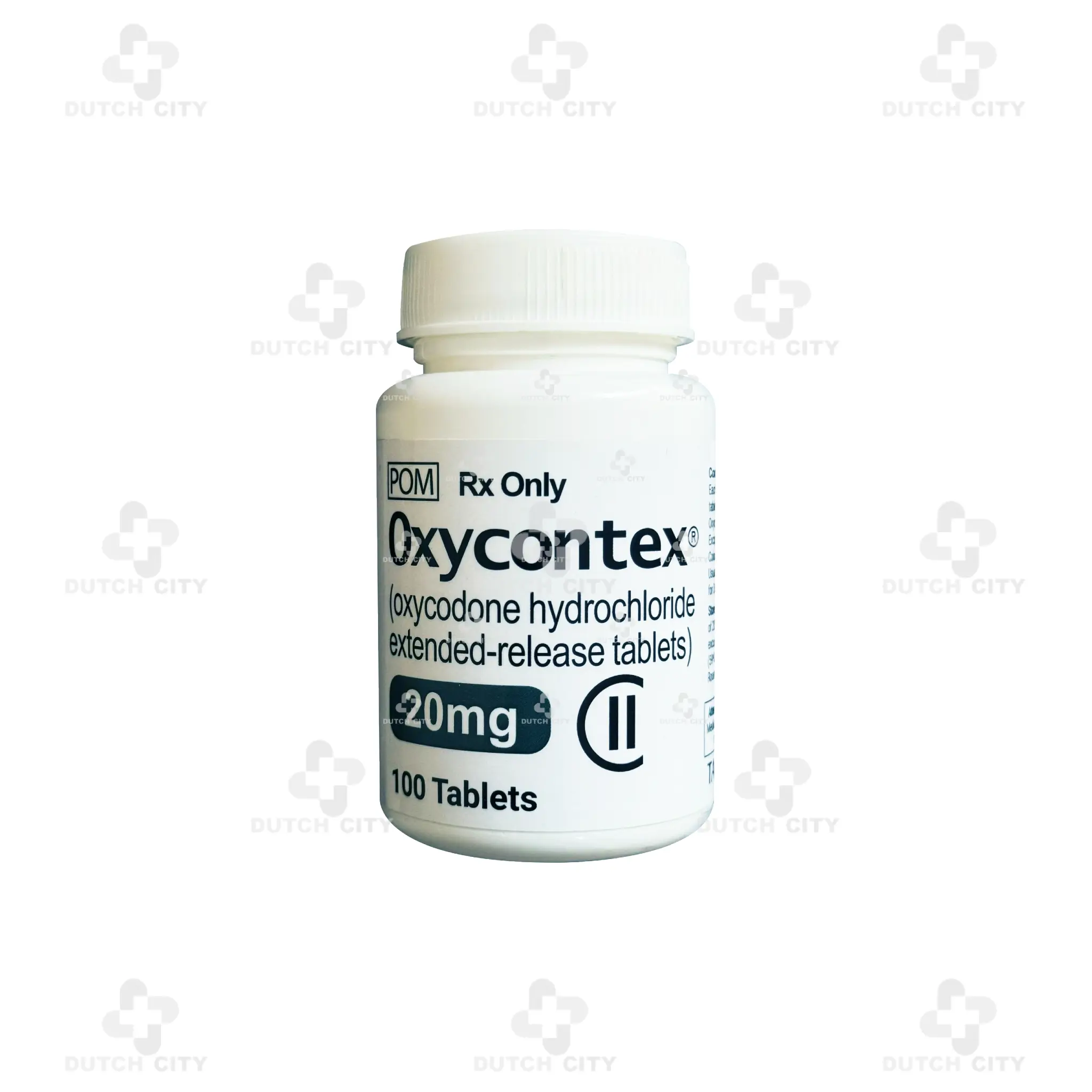
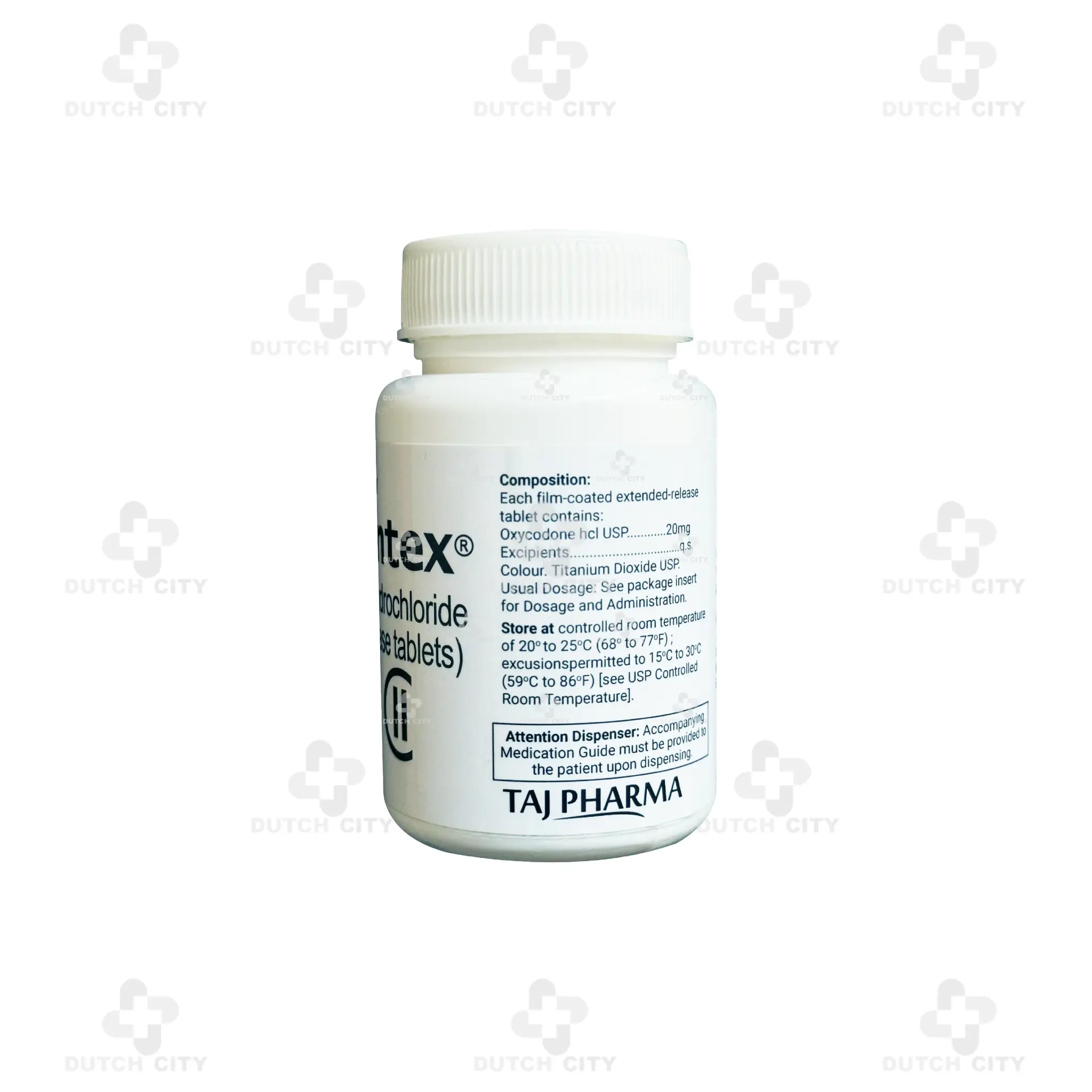
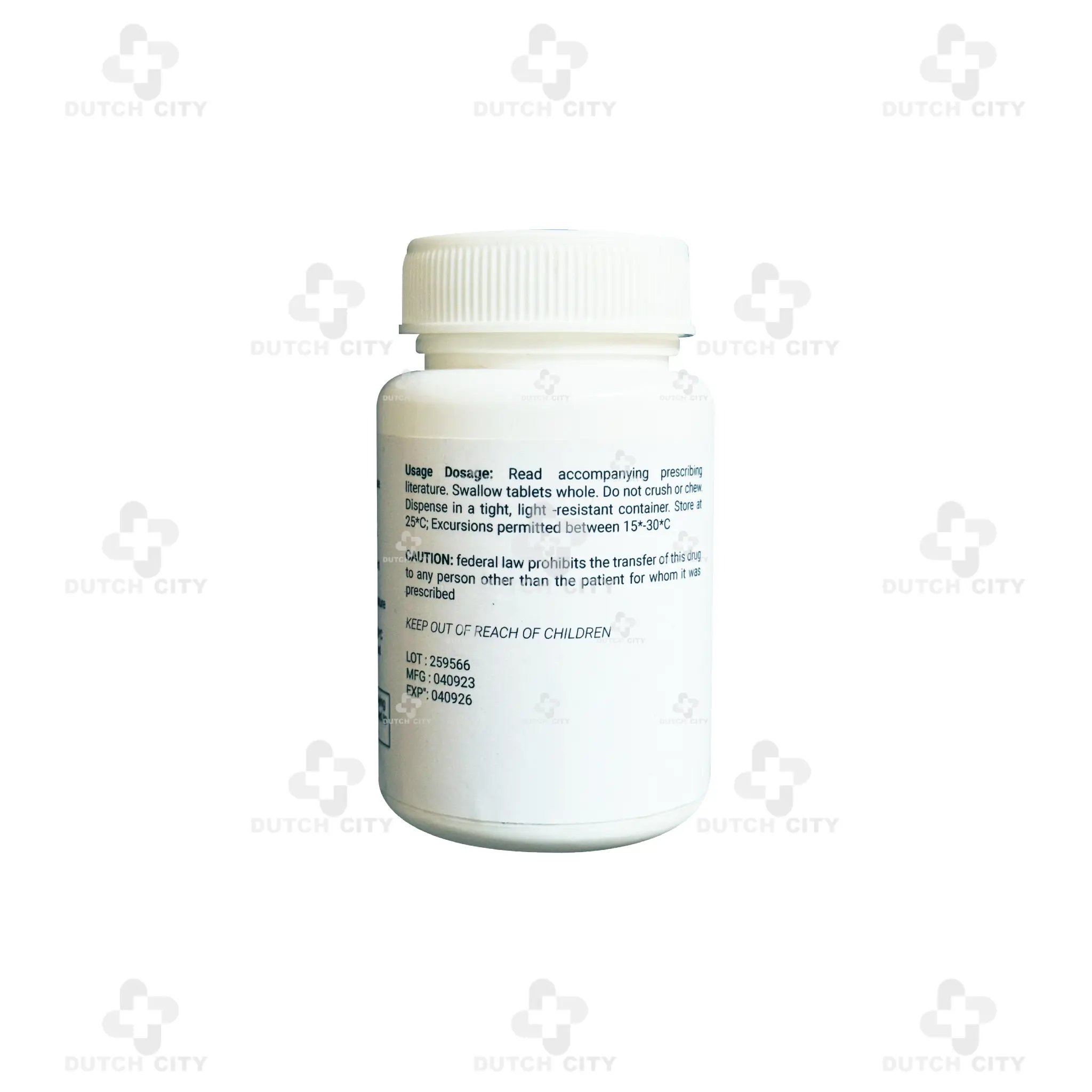


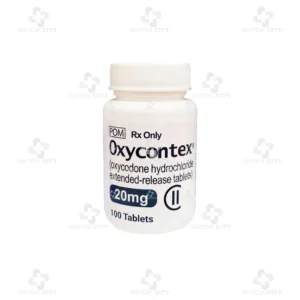
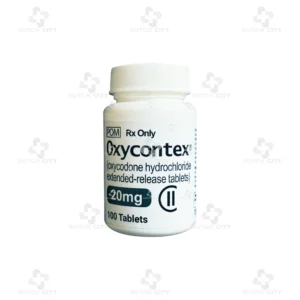
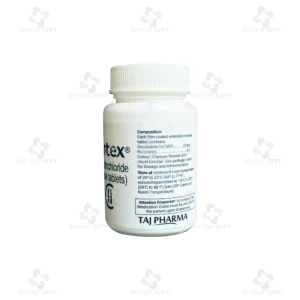

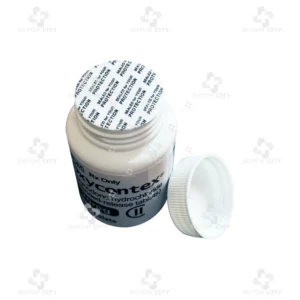

Reviews
There are no reviews yet.